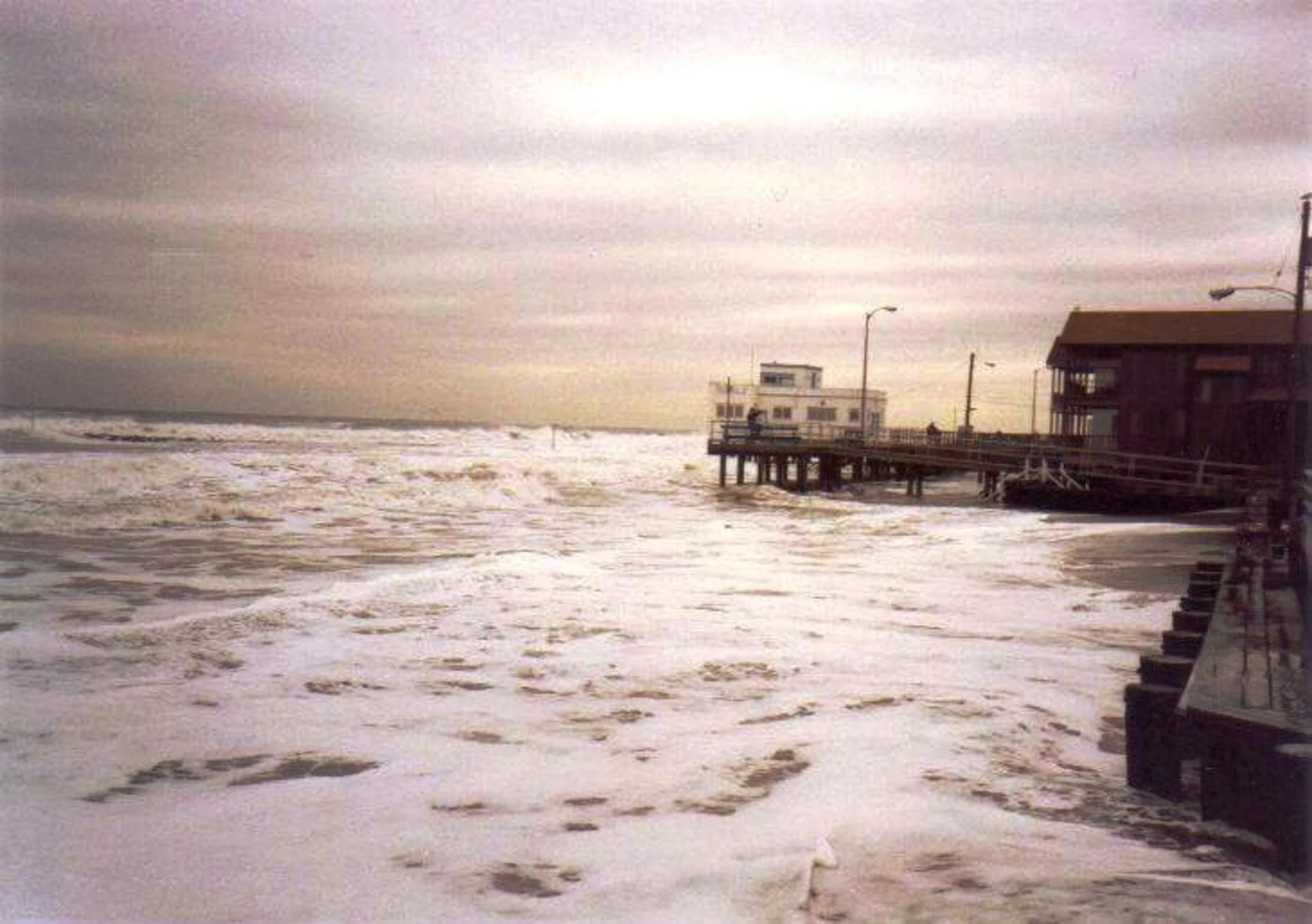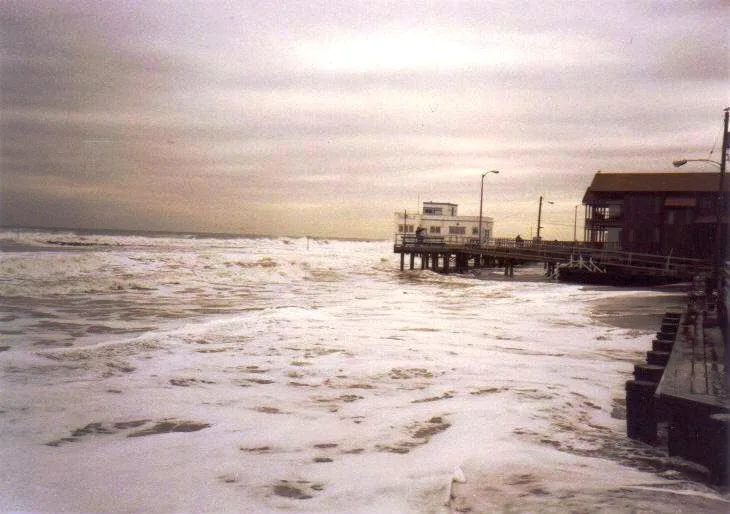
The film 'The Perfect Storm' is based on this Atlantic Canada nor'easter
On this day in weather history, the 1991 Perfect Storm reached peak intensity.
This Day In Weather History is a daily podcast by Chris Mei from The Weather Network, featuring stories about people, communities and events and how weather impacted them.
--
On Oct. 29, 1991, a low-pressure system developed off the coast of Atlantic Canada, eventually leading to the formation of a storm without any names, yet many of them. The system is known by the 1991 Perfect Storm, the No-Name Storm, and the Halloween Gale/Storm.
The perfect storm was a nor'easter that was eventually absorbed Hurricane Grace. On Oct. 30, the system reached peak intensity. That day, a buoy near Halifax reported a 30.7-metre wave, making it the highest one recorded on the Scotian Shelf (Nova Scotia's oceanic shelf).

"Oceanfront flooding in Ocean City, N.J." Courtesy of Wikipedia
The nor'easter impacted the northeastern United States, mid-Atlantic states, and Eastern Canada.
In the United States, the storm brought high waves from North Carolina to Maine, causing damage to beachfront areas. The flooding damaged or destroyed hundreds of homes, and the strong winds left around 38,000 people without power.
The Halloween Storm caused 13 deaths, including six people who were on board Andrea Gail, a swordfishing boat. Andrea Gail was travelling from Gloucester, Mass., to Nova Scotia and encountered high seas in the middle of the storm. On Oct. 28, the boat made its final radio contact around 290 km northeast of Sable Island.
The boat turned around but sank on her way back to Gloucester. Pieces of the boat washed ashore over the weeks that followed. Sebastian Junger wrote a bestselling, non-fiction book called The Perfect Storm (1997), which was also subsequently turned into a movie with the same name.
The storm produced huge waves off the coast of Atlantic Canada. The waves destroyed three boats near Nova Scotia, and nine boats in Newfoundland and Labrador.
The No-Name Storm made landfall in Nova Scotia, knocking out power for 20,000 people in Pictou County. Areas in Newfoundland were also left without power. The storm also brought a record 116 cm of snow to Newfoundland, causing traffic accidents across the province.
To learn more about the 1991 Perfect Storm, listen to today's episode of "This Day In Weather History."
Subscribe to 'This Day in Weather History': Apple Podcasts | Amazon Alexa | Google Assistant | Spotify | Google Podcasts | iHeartRadio | Overcast'










